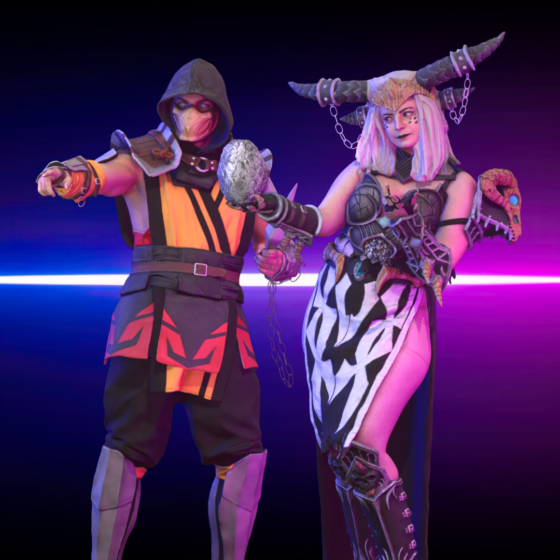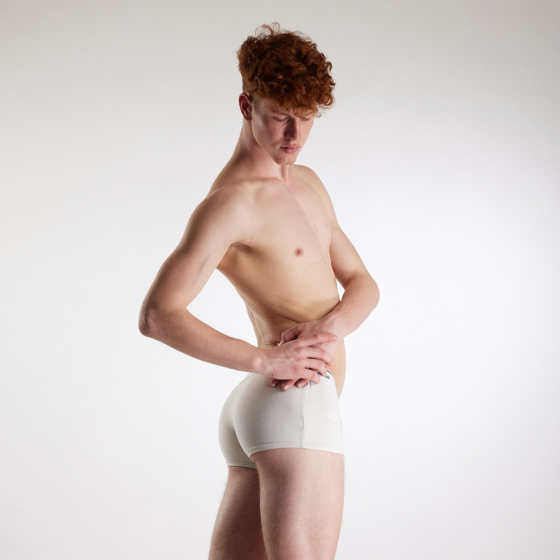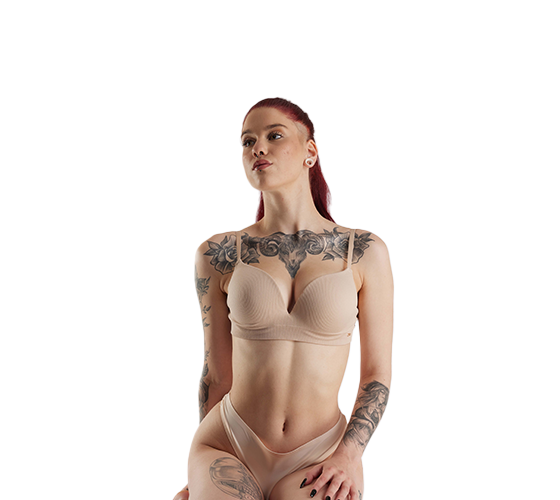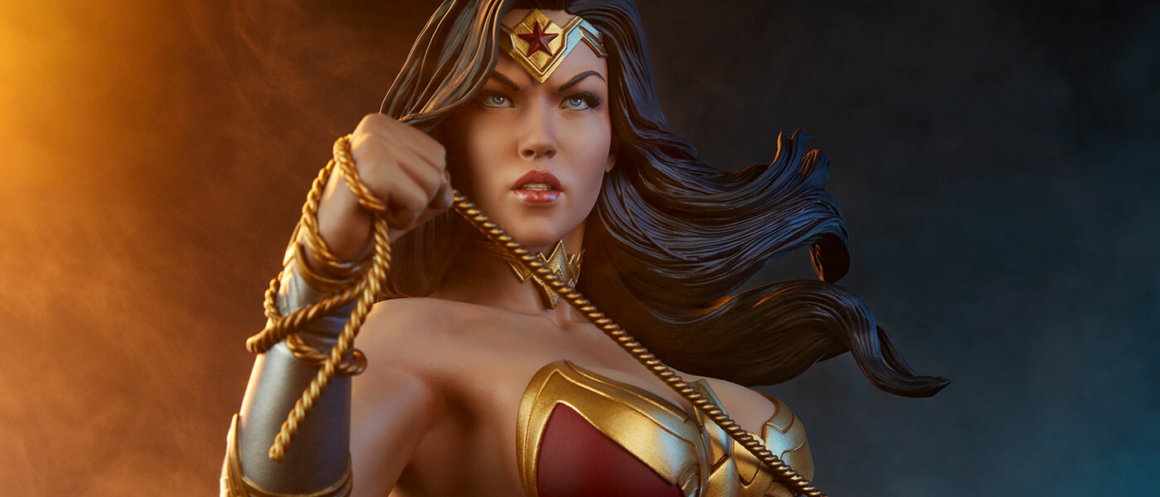
My goal always lies upon to capture the essence of the character, the feeling it conveys without saying a word.
Vimal Kerketta
Check out Vimal’s ArtStation portfolio.
INTRODUCTION
My name is Vimal Kerketta, born and brought up in Delhi, India. I am currently living in the UK. I have been associated with art since early childhood and sketching Portraits has always been my passion. Because of lack of guidance at that time, I ended up pursuing B.Sc(h) Computer Science but later ended up taking a degree in B.Sc General instead as I wanted to focus more on Art. Switching up my career to pursue my dream, was the best decision I took in my life. I did a diploma in Visual effects and learnt basic 3D softwares later on.
My passion for portraits and human figures grew more, and I started exploring caricatures and sculpted loads of realistic faces and anatomical studies. Making mediocre art or sculpture never bothered me, the only thing I did was being consistent, and not worrying about failure. Honestly, I had no goals at that time, I was just enjoying the journey and things aligned automatically for me. After working for several years in the Video games and toy/collectible industry, I ended up working in the Movie Industry and got hired by Dneg, London as a Principal Artist and now it’s already 4.5 years in the studio.
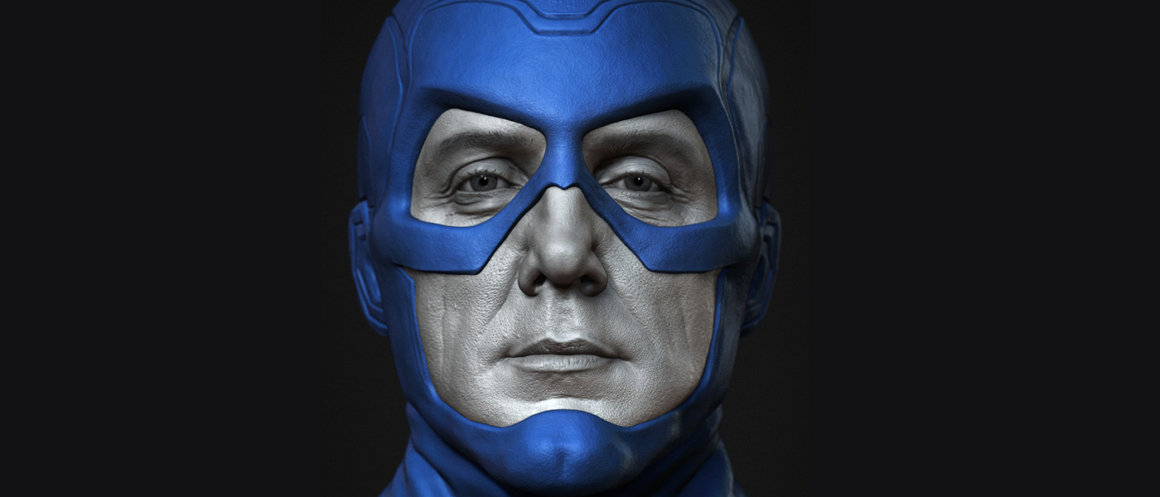
Could you tell us about some of the interesting projects you’ve worked on?
I worked with numerous clients for Video games and statues but I like working for movies as it’s always rewarding to see stuff you worked on in the big cinemas. Some of the recent works involve projects like Venom 1 & 2, Matrix, Fantastic Beasts etc.
CREATIVE PROCESS
What software and tools do you use for your work, and why?
My first goto software is Zbrush where I spend most of my time Sculpting and Rendering my personal work. Other than that for professional work I use Maya, Max, Marvelous Designer, Photoshop, Substance Designer and Mari.

How do you organize your day (how many hours do you work per day)?
It honestly depends on the particular day. Apart from studio work, I freelance sometimes or work on my personal work to relax. You could say 3-4 hours extra apart from studio work.
How important is work with reference for you? Do you have any tips on how to effectively organize an extensive reference library?
Gathering references is the most important and crucial step before starting any project. And it’s not just about collecting references, it’s actually analyzing the subject and pre-plan accordingly. If it’s a quick project, I just include them in a folder and just work with it or if it’s a big project that requires organization, I use Pureref.

Could you describe your general creative workflow / pipeline for us?
First thing I do is to ask several questions to myself like what I am trying to achieve, how the pose will be, where will be the main focus on the artwork, how the expression is going to be. These are some of the things I try to be clear from the start. Also you can say planning stage. My creative process involves blocking the face first and having enough details to go to the next step which is blocking the body. Once I am happy with the block, I try to do rough renders and take them in Photoshop and do paintover adjusting scale and exploring the shape language even more. Later on, I take those changes back to my 3D sculpt.
Also I make sure to take sufficient breaks to see the progress again with a new perspective. Once the overall design appeals to me, I take renders in Zbrush and do final touches in Photoshop.
Tip: I usually send the final image to my phone, to see the image with fresh eyes and to catch the errors which might have been missed while working so long.

What drill routine do you use to sharpen your skills?
I usually use base meshes for professional work but I make sure to use dynamesh as my go to medium when it comes to personal work. It helps to not just rely on pre-existing data that you get free from the base mesh and also makes you learn even more. You tend to focus more on each feature of the face and the parts of the body, and you develop a sense of understanding volume and ability to play with it and come up with something new.
Do you also create with non digital medium (clay, pencil drawing,…)? What does it gives you compared to digital?
Yeah I do traditional sculpting sometimes, but mostly I do pencil sketches and it really does help in understanding the forms better, which in terms helps when you sculpt something in 3d. What I like about traditional medium is, you make mistakes, lots of mistakes which actually will help you make better decisions as you will be conscious of your judgment. Also you work without symmetry which tends to break the pattern of your work and gives extra level of understanding.
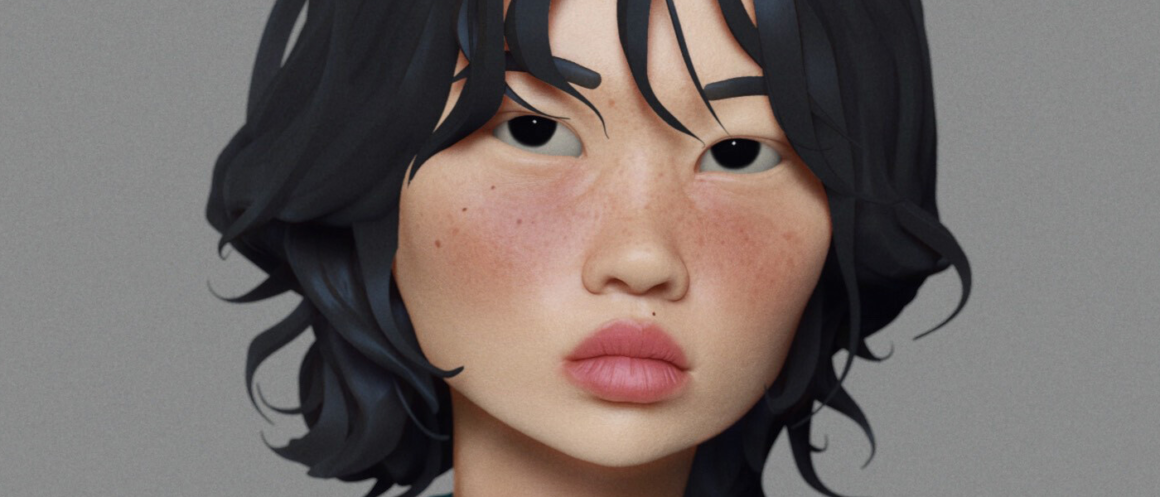
ART COMMUNITY
What themes would you say your work deals with?
My work mostly revolves around human emotions. I love making realistic and stylized faces in a simplistic way. My goal always lies upon to capture the essence of the character, the feeling it conveys without saying a word.
What artwork are you most proud of?
Am actually proud of all my artworks. They all work as a team player, each helping me to be where I am. Good or bad, it pushes me to create things, make mistakes and learn from them. Difficult to choose one.
Does industry offer enough opportunities for organic modelers like you?
Yeah, absolutely. Not just for organic modelers. If you excel in something, it could be anything no matter which field, opportunities will knock at your door.
How do you define success as an artist?
The most important thing is the Love for the Art. When you love something, you are actually not working, you are enjoying it. Getting paid for something you love is happiness and for me is a Success.
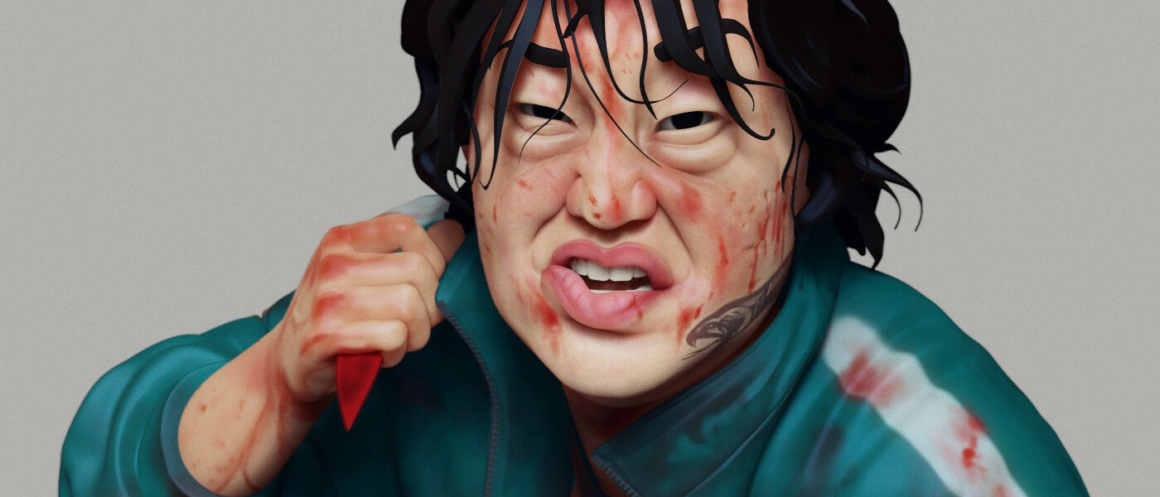
PROMOTION & FEEDBACK
Who provides you the most relevant feedback?
My Fellow artists friends who I really look up to, I take feedback from them. And also from the non artists friends as well to see their first impression on it, as I feel the fraction of seconds they take to judge your artwork, you can see it on their face. You will get to know what is working, and what is not, what message has been conveyed and things even artists have missed.
What social channels do you use for communication with your followers?
I use Instagram, Artstation and Facebook mostly. Youtube and Twitter but not as usual.
Part of the creative process is also a failure, how do you deal with it?
Honestly failure never bothered me, there is no way you succeed every time. So I don’t mourn for something that has passed. Failure is a part of success. I did a lot of sculptures which I haven’t posted, I failed on what I wanted to achieve. But instead of feeling sorry, I just scrap those and start a new one. Only thing I concentrate on is what time I have, not on what time I lost which you can’t change.
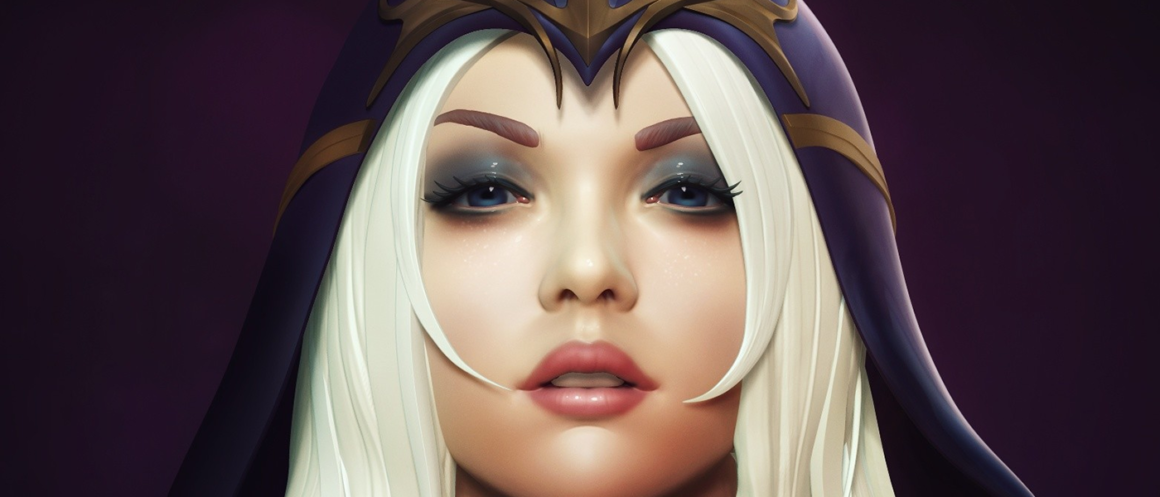
BUSINESS
What factors influence the price of your work?
The price of my work is heavily influenced by the rarity of that particular work. I know exactly my strengths and weaknesses and the quality that I deliver. So I quote accordingly. (mostly I take up work based on my strengths)
What art marketing activity do you put into practice regularly that works most successfully for you?
You need to understand the algorithms of social media. Being consistent is the key. Post regular good quality artwork , help the community, engaging with the followers helps build a good audience.
How do you price your work?
I price my work depending upon the client, amount of time I have and the type of work it is. Some projects I charge per asset basis and some per hour/day basis. The prices vary according to the experience and quality you have in your portfolio.
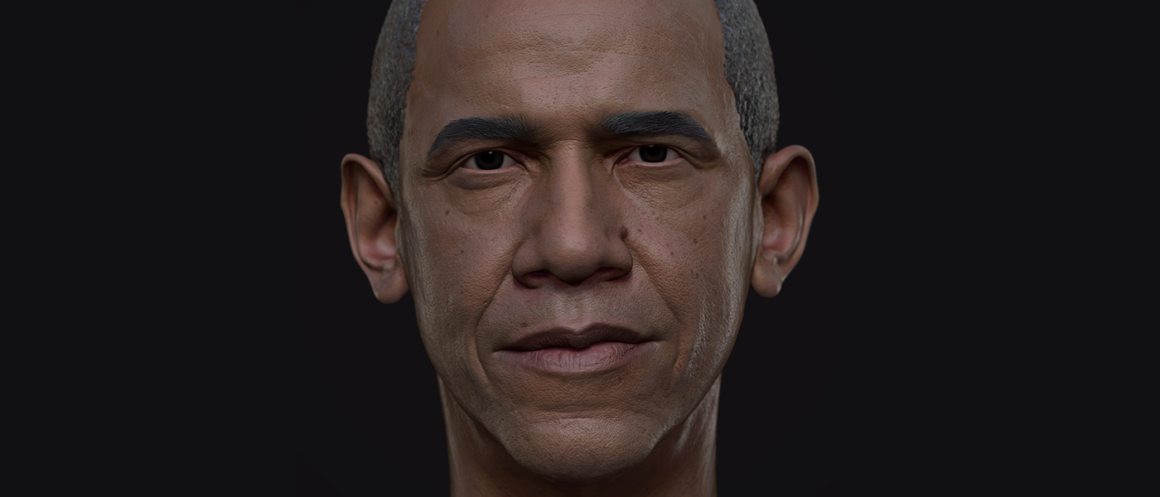
MENTORSHIP
What’s the best advice you would give your younger self?
To buy as many bitcoins (kidding, not really). I would mainly tell my younger self to stick with what you are doing, read more books, learn slowly but make your base strong.
What 3 books are a must for character artists?
Human Anatomy for Artists by Elliot Goldfinger
Burne Hogarth books
Anatomy for Sculptors
What is the most common mistake your students make?
They try to compare themselves with Industry professionals who had already spent a lot of time to achieve those results and they get discouraged and frustrated. Don’t compare yourself with others, just focus on yourself and your results. Have patience, and you will get there.
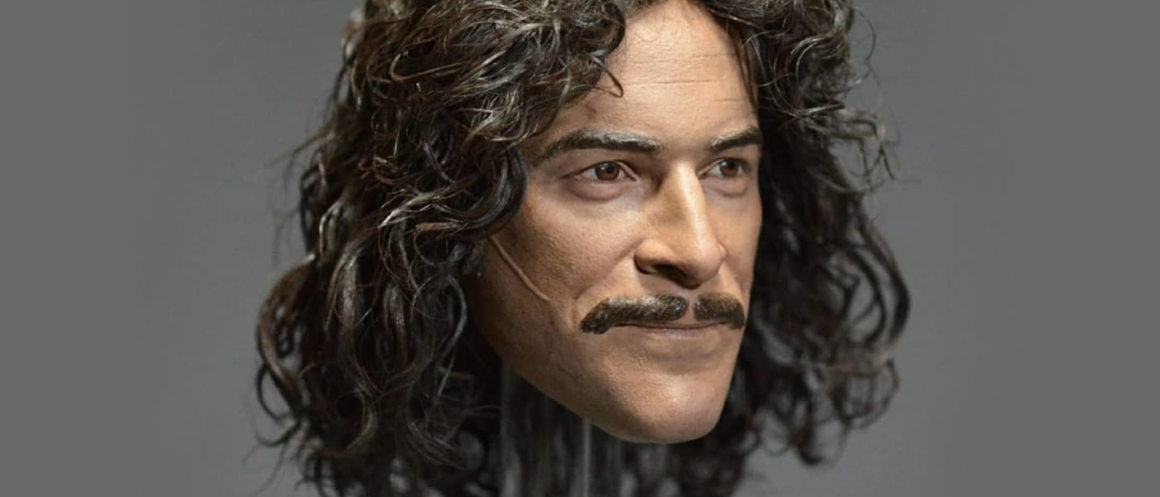
RELAX
How do you manage a work-life balance as an artist?
Its always difficult for an artist to balance work-life, but I always make sure to do something else apart from just doing art. I also try to spend time with friends and family, other than that when I get some time, I focus on making personal artwork.
What’s the best thing about being an artist?
The ability to express your feelings without saying a word. To show the world your perception, how you see things.






